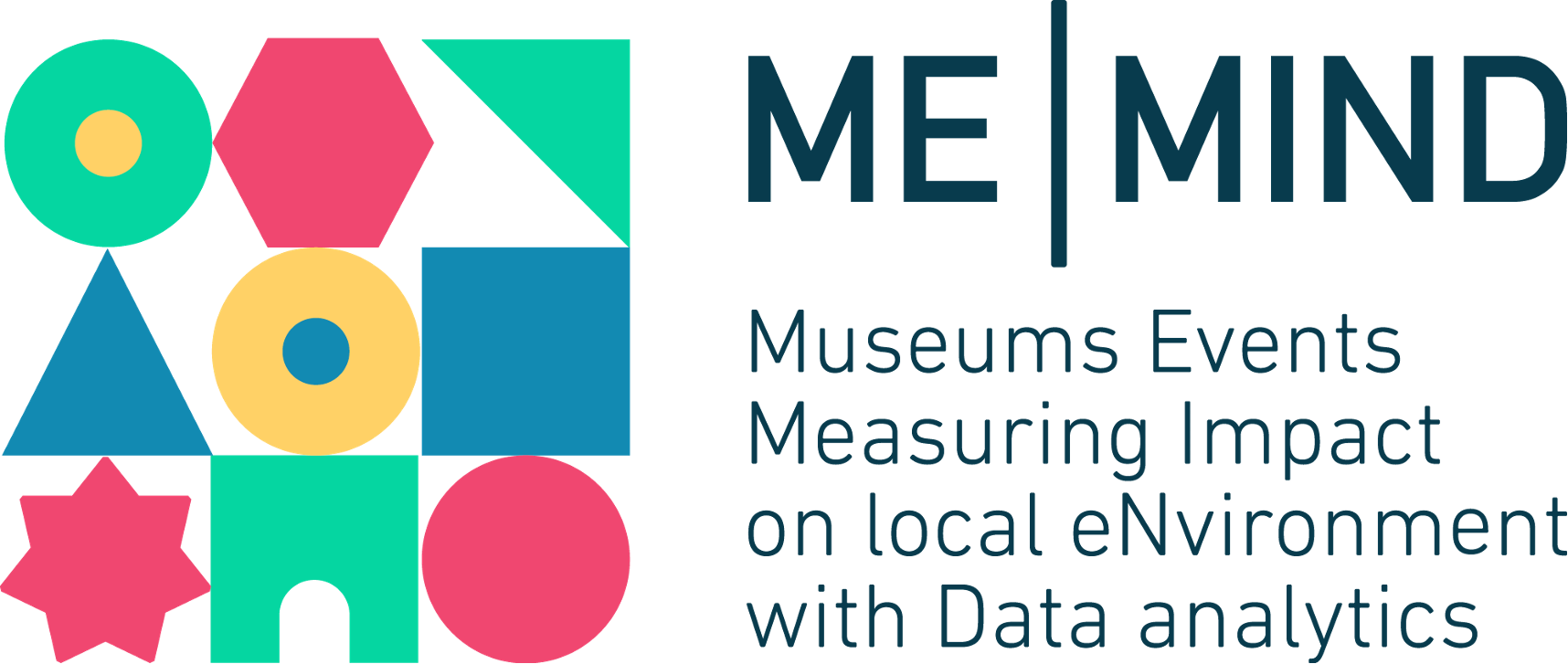Project facts
Presentation
We live in a data-rich world, where public and private actors collect data with the promise to capture what counts and to understand what is surrounding us. The cultural and creative industries are no exception since they gather a lot of data, and often communicate it to funders, and governors, without going beyond this.
The Me-Mind project has been looking at data as a way to show the impact that the cultural and creative industries generate in their local environment. The project seeks to find out measures for understanding the impact and provides insights, guidelines, and tools for organisations, which want to use data for their internal development work and planning, validate ideas on impact and take business decisions.
Estonian National Museum (in Tartu) and Internet Festival (in Pisa) have been case studies around which reflecting on how to best use data to measure and understand the impact generated. Focusing on the whole data lifecycle (from data collection to data analysis to data visualization), Me-Mind is also reflecting on how to transform data into emotional and artistic experiences, which talk about the relevance of the use cases.
The project has sorted through seven UNESCO-inspired groups of indicators as areas where CCIs are making an impact. Once 97 indicators had been identified with which to measure the impact of the two use cases, the project turned to the collection of quantitative and qualitative data. Then it performed data analysis, reflecting on why the data were collected, what kind of insights they can give us and how to transform the collected data into stories that would speak to everyone (here is an example).
Impacts & Results
What has become evident from the process so far is that we produce often more data than we are aware of, but we can’t always read the data that we have, and not always is the data we have access to a good measure of the things we need to know.
Again, we must understand the difference between primary and secondary data. And when dealing with the data other people collect around us, we need to reflect on why the data were collected and what kind of insights it tries to give us, being able to critically discuss the trustworthiness of the data we have.
Observing data is never neutral, what we are looking for is always the result of our own assumptions or what we want to prove. Surely, data analysis helps us with its standards and norms, but it is those who know their domain who can extract observations that make sense and are functional to their work. Often rather than giving us precise answers, data analysis leaves us with questions and challenges that require further investigation and reflection.
Finally, data can not only be turned into stories to be told but can also come to our rescue when we want to enter into direct dialogue with our audience. The two creative installations by Me-Mind (The Culture Node and Number Fascination) showed how playfully and enjoyably we can engage our audience by producing data which helps us get closer to understanding impact.
The Me-Mind project has produced guidelines, available here, which will soon be available in the form of infographics in three languages: English, Estonian and Italian.
A business model canvas (in three languages) will be published in June, to help CCIs think about the concept of impact, how to measure it and with which data and data sources to measure it.

